
Following my own path
In India, we have a popular saying: “India is a country where people first become engineers and then decide what they want to do in their lives.”
The source is unknown, but these words are relevant to my journey. Due to societal norms and pressures, I became a chemical engineer and then a software engineer. I had no passion for either of these subjects. I had always wanted to study life sciences and English literature.
As an undergrad, while waiting for a Ph.D. offer from the United States, I tried to gain experience in biochemical research at a renowned government institution in India. I was turned down. “You do not have a relevant degree or experience,” I heard from almost every scientist I approached.
Even after coming to the U.S., choosing a suitable lab and mentor was a big challenge. In pursuing a doctoral degree, I knew it was important to choose research that motivated me and a supportive environment. I did not fit into my first lab, so I had to leave and start afresh in my third year. As an international student, I had limited time allocated to finish my degree.
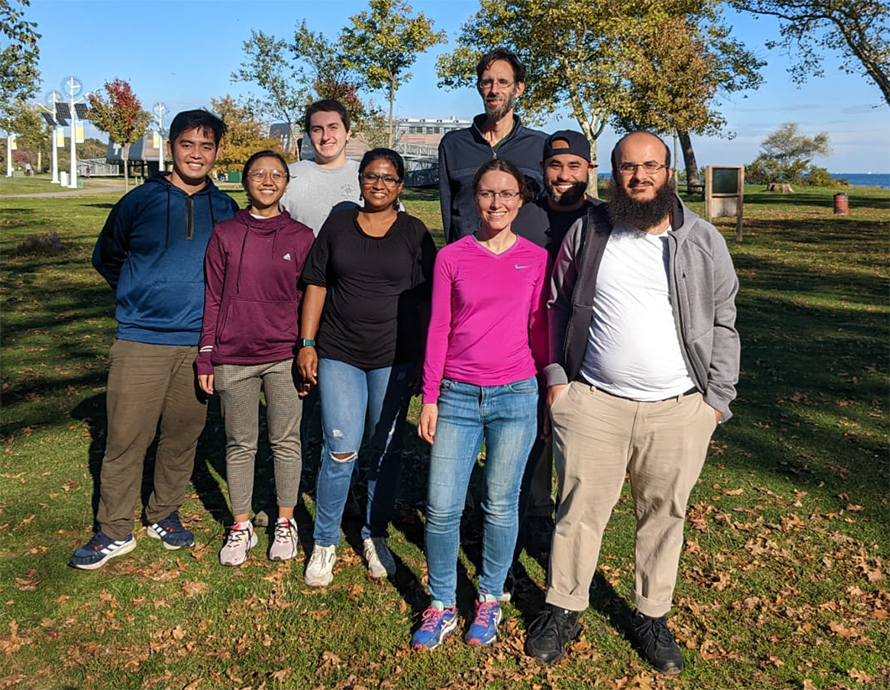
Eventually, I found a supportive mentor and helpful peers. My advisor is an immigrant scientist whose lab is filled with researchers from diverse backgrounds. The supportive atmosphere in our lab helps each of us work in peace, despite the ups and downs we face in our daily lives.
When I met my Ph.D. advisor, Sebastien Poget at the College of Staten Island, City University of New York, I explained that I was interested in his research but did not have a background in biochemistry.
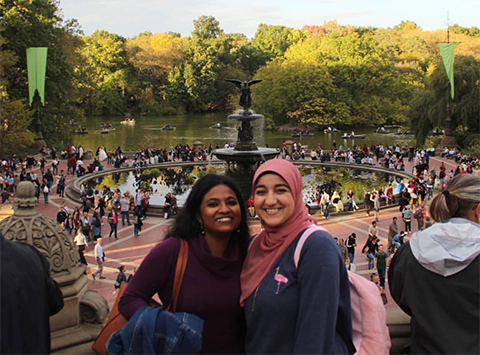
“It doesn’t matter,” he said. “Even I didn’t have one.”
On my first day in the lab, I learned from another graduate student how to transform E. coli cells. That is the level at which I started my doctoral research journey.
In our lab, we probe voltage-gated ion channels and their interactions with animal toxins, mainly, tarantula toxins, using nuclear magnetic resonance. We have seven tarantulas in our lab right now. They look scary, but they generally don’t harm anyone. I even had the privilege of holding one of them in my hand, with the help of the expert who handles them.
A lab transition in grad school is always difficult. Things went well in the beginning, but the pandemic and associated shutdowns did not help me as an experimental researcher in a new field. Our field is very slow-moving, and it takes a long time to publish our research. This has been a big challenge as a researcher with limited time in the U.S. Did I overcome it yet? No, but we as a team, are getting there, and we will, very soon.
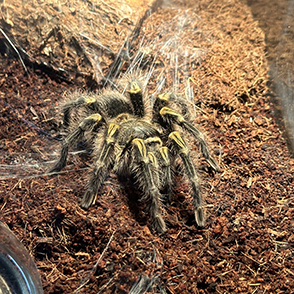
The chance to start from scratch doing something I’ve always been passionate about is the perk I associate with interdisciplinary research in the U.S. — something I will always be grateful to this country for. And I will always be grateful to my advisor and friends in my lab who helped me start this journey from scratch.
I have also had fascinating experiences outside my lab in New York City. I am a curious person, in general — both in and out of the lab. I always believed that having the opportunity to live in a cosmopolitan city like New York, I should explore different cultures firsthand.
Through graduate school, I was introduced to “One to World,” an organization that connects international students from around the globe. Through this organization, I got the chance to spend Thanksgiving in Pennsylvania with an American family in 2018, participate in and win a scavenger hunt in the city, go on hikes, participate in painting sessions and have many more experiences. I’ve had the opportunity to meet, interact, and hang out with international students from over 50 nations. We have explored the city and tried out different cuisines. We have talked in detail about our countries and realized our similarities despite our differences — finding unity in diversity.
I have kept in touch with some of the friends I have made over the years. These relationships have made my journey as a scientific researcher in the U.S. fulfilling and given me a strong footing in a place I now can call my second home.
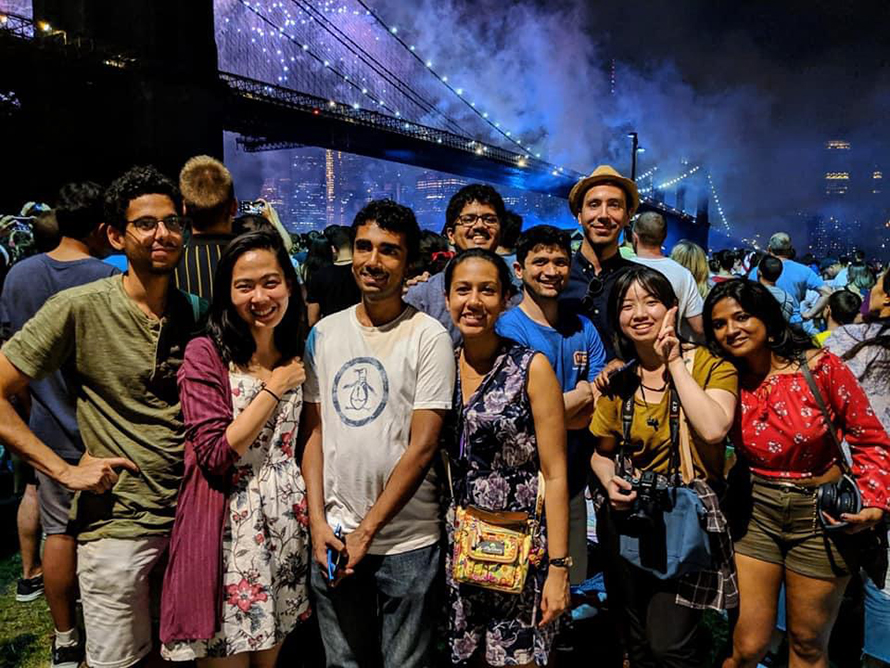
Enjoy reading ASBMB Today?
Become a member to receive the print edition four times a year and the digital edition monthly.
Learn moreGet the latest from ASBMB Today
Enter your email address, and we’ll send you a weekly email with recent articles, interviews and more.
Latest in Opinions
Opinions highlights or most popular articles

Hidden strengths of an autistic scientist
Navigating the world of scientific research as an autistic scientist comes with unique challenges —microaggressions, communication hurdles and the constant pressure to conform to social norms, postbaccalaureate student Taylor Stolberg writes.

Black excellence in biotech: Shaping the future of an industry
This Black History Month, we highlight the impact of DEI initiatives, trailblazing scientists and industry leaders working to create a more inclusive and scientific community. Discover how you can be part of the movement.

Attend ASBMB’s career and education fair
Attending the ASBMB career and education fair is a great way to explore new opportunities, make valuable connections and gain insights into potential career paths.
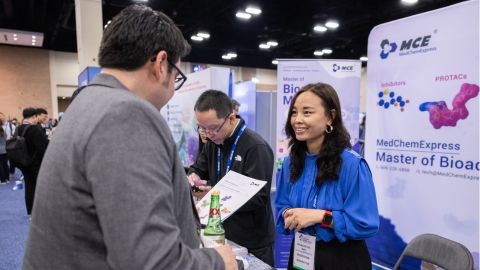
Benefits of attending a large scientific conference
Researchers have a lot of choices when it comes to conferences and symposia. A large conference like the ASBMB Annual Meeting offers myriad opportunities, such as poster sessions, top research talks, social events, workshops, vendor booths and more.
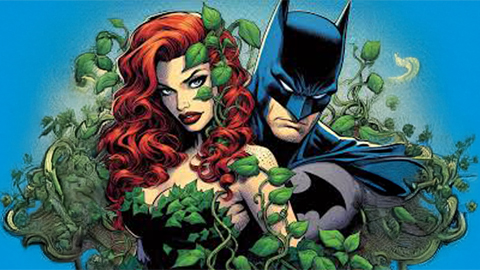
When Batman meets Poison Ivy
Jessica Desamero had learned to love science communication by the time she was challenged to explain the role of DNA secondary structure in halting cancer cell growth to an 8th-grade level audience.

The monopoly defined: Who holds the power of science communication?
“At the official competition, out of 12 presenters, only two were from R2 institutions, and the other 10 were from R1 institutions. And just two had distinguishable non-American accents.”

